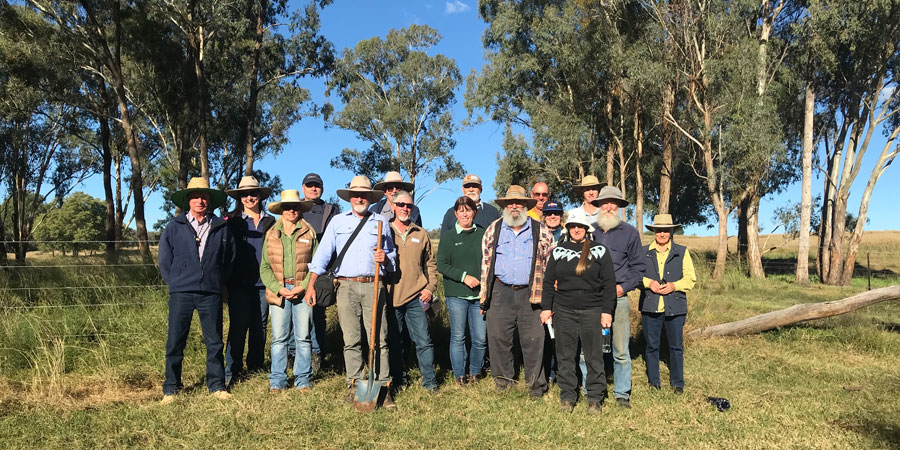About this case study
Drought
Communities
Climate smart agriculture
During the last Big Dry, rivers stopped flowing, dust storms blew away bare paddocks and communities turned to bottled water to survive.
The last drought nearly broke us. We have to change how we operate on our farms before the next Big Dry.
Lee Thompson, Local Landcare Coordinator, GWYMAC Landcare
Few farmers will forget gazing out on dry paddocks and dead grass or the daily grind of rationing stored grain and hay to feed sheep.
Under a scorching sun, the region’s century-old trees withered and died. Children were born and raised for years without hearing the sound of rain on a roof. Veteran farmers were forced to sell their herds or permanently shut the gate on properties that had been in their families for generations.
The climate of New England and the North West of New South Wales is predicted to grow hotter in the years ahead. By 2070, the temperature in the region is expected to be 2.2°C warmer, on average, than it is today. Rainfall across the seasons and from year-to-year will become even more variable than today.
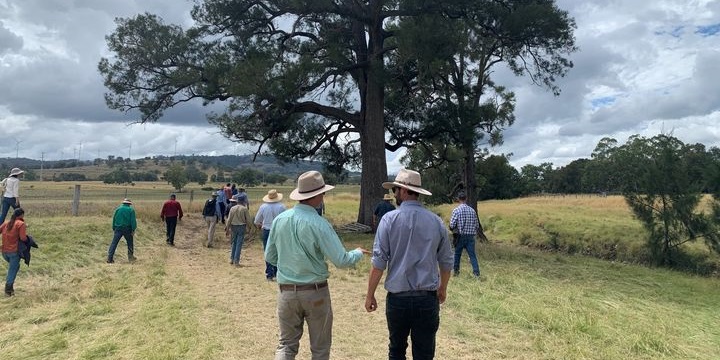
Since the drought has broken, farmers have weathered bushfires, torrential rains, floods and a mouse plague. The impacts of extreme weather events continue to accumulate, with climate instability hurting personal and family security, rural economies and social wellbeing.
“We know improving climate preparedness and drought resilience is fundamental to our future resilience. Many people in our region are rethinking land practices and are looking for new ways to build resilient landscapes,” says Lee Thompson, Local Landcare Coordinator for GWYMAC Landcare.
Landcare groups bring together landholders and managers – more than 60,000 in New South Wales alone – to protect and improve the land for future generations.
GWYMAC Landcare coordinates projects across 40,000 sqm of land that spans the Macintyre and Gwydir catchments and the communities of Inverell, Delungra, Ashford, Yetman, Tingha and Bundarra.
With the help of a grant from the NSW Government, GWYMAC Landcare recently staged a series of workshops so landholders could learn about regenerative agriculture.
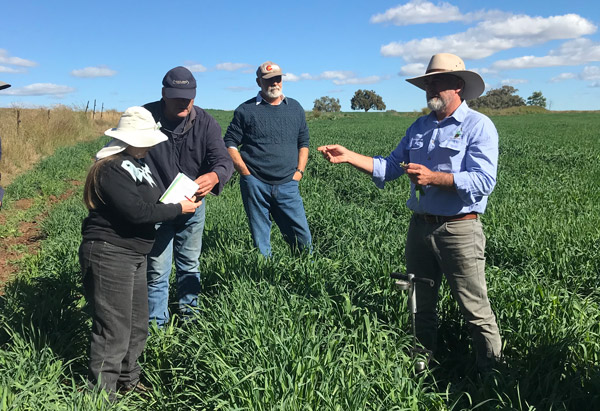
“We gathered a group of graziers and other landholders together to learn tips and techniques and to establish a community of practice for ongoing sharing and implementation,” Lee explains.
"We are helping people to change their farm management practices - whether that is managing soils by understanding what’s happening underneath or grazing cattle in ways that is better for biodiversity. Many of the techniques aren't expensive but they are amazing when well applied."
A rehydration workshop, for instance, gave participants insights into how they could “slow down water in the landscape,” Lee explains. The drought exacerbated erosion and created hydrophobic soil that repels the water, but there are ways to prevent water rushing downhill and away from productive pasture with each big rain, she adds.
Peer-to-peer learning through Landcare plays an important role in educating the next generation of farmers, Lee notes. “When we create the right learning environment and get the right people in the room, farmers feel safe to make small changes and trial new ideas.
“Landcare’s workshops gave people knowledge, skills, opportunities and, most of all, hope,” Lee concludes.
I feel very optimistic that small-scale farms will not only survive but thrive. There are many opportunities that will help people to adapt to a changing climate. Landcare will keep showing people that it doesn’t have to be hard or costly.
Lee Thompson, Local Landcare Coordinator, GWYMAC Landcare
This project was funded by an Increasing Resilience to Climate Change grant from the NSW Government.
Case studies
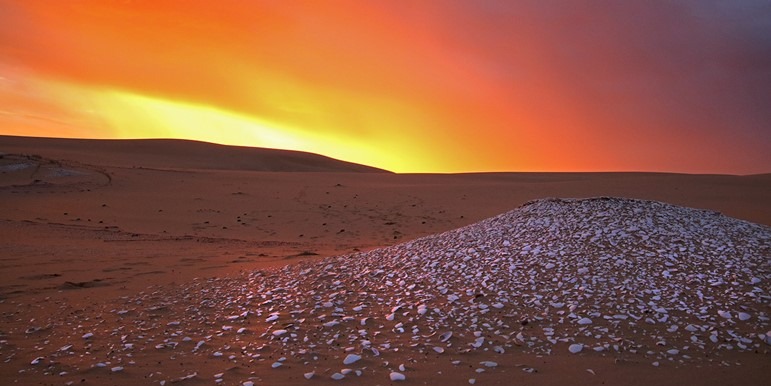
Aboriginal people bring a unique perspective to the climate change conversation, informed by over 70,000 years of close observation and relationship with the environment. This collaborative project between the Narran Lakes Joint Management Committee and Worimi Lands Conservation Board explores this knowledge to find cultural solutions to understand and live with climate change.
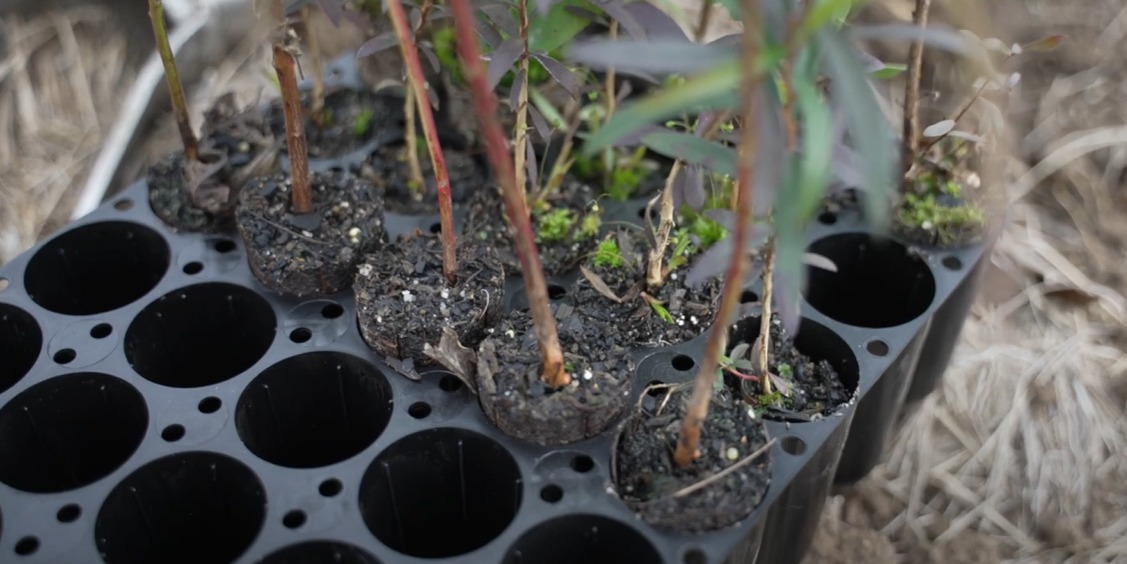
After the worst drought on record, the Armidale Tree Group interviewed experts to learn the success formula for planting in a hotter, drier climate.
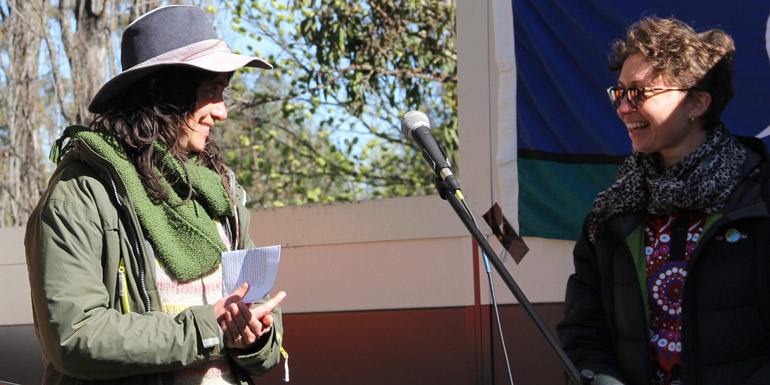
The Armidale Climate Health Project explores a solution to improve health and climate resilience, builds community connections and values Indigenous knowledge.
